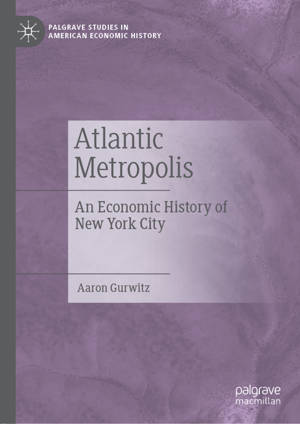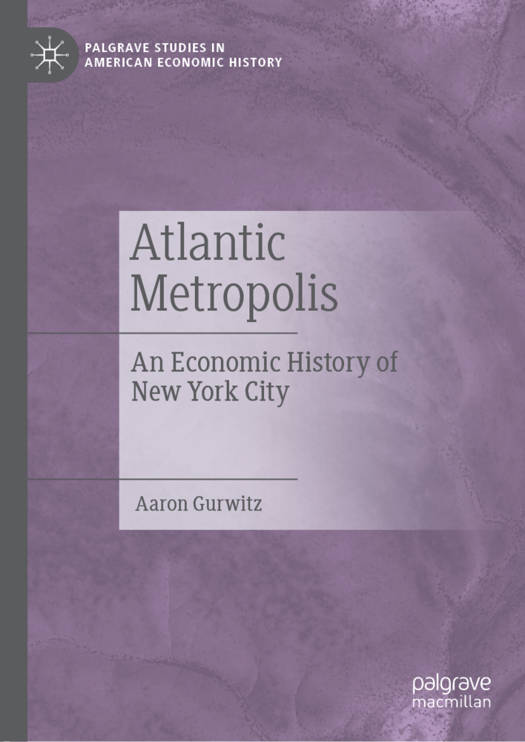
- Afhalen na 1 uur in een winkel met voorraad
- Gratis thuislevering in België vanaf € 30
- Ruim aanbod met 7 miljoen producten
- Afhalen na 1 uur in een winkel met voorraad
- Gratis thuislevering in België vanaf € 30
- Ruim aanbod met 7 miljoen producten
Zoeken
€ 116,45
+ 232 punten
Uitvoering
Omschrijving
This book applies the contents of a working economist's tool-kit to explain, clearly and intuitively, when and why over the course of four centuries individuals, families, and enterprises decided to locate in or around the lower Hudson River Valley. Collectively those millions of decisions have made New York one of the twenty-first century's few truly global cities. A recurrent analytic theme of this work is that the ups and downs of New York's trajectory are best understood in the context of what was happening elsewhere in the broader Atlantic world. Readers will find that the Atlantic perspective viewed through an economic lens goes a long way toward clarifying otherwise quite perplexing historical events and trends.
Specificaties
Betrokkenen
- Auteur(s):
- Uitgeverij:
Inhoud
- Aantal bladzijden:
- 737
- Taal:
- Engels
- Reeks:
Eigenschappen
- Productcode (EAN):
- 9783030133511
- Verschijningsdatum:
- 26/06/2019
- Uitvoering:
- Hardcover
- Formaat:
- Genaaid
- Afmetingen:
- 148 mm x 210 mm
- Gewicht:
- 1061 g

Alleen bij Standaard Boekhandel
+ 232 punten op je klantenkaart van Standaard Boekhandel
Beoordelingen
We publiceren alleen reviews die voldoen aan de voorwaarden voor reviews. Bekijk onze voorwaarden voor reviews.











